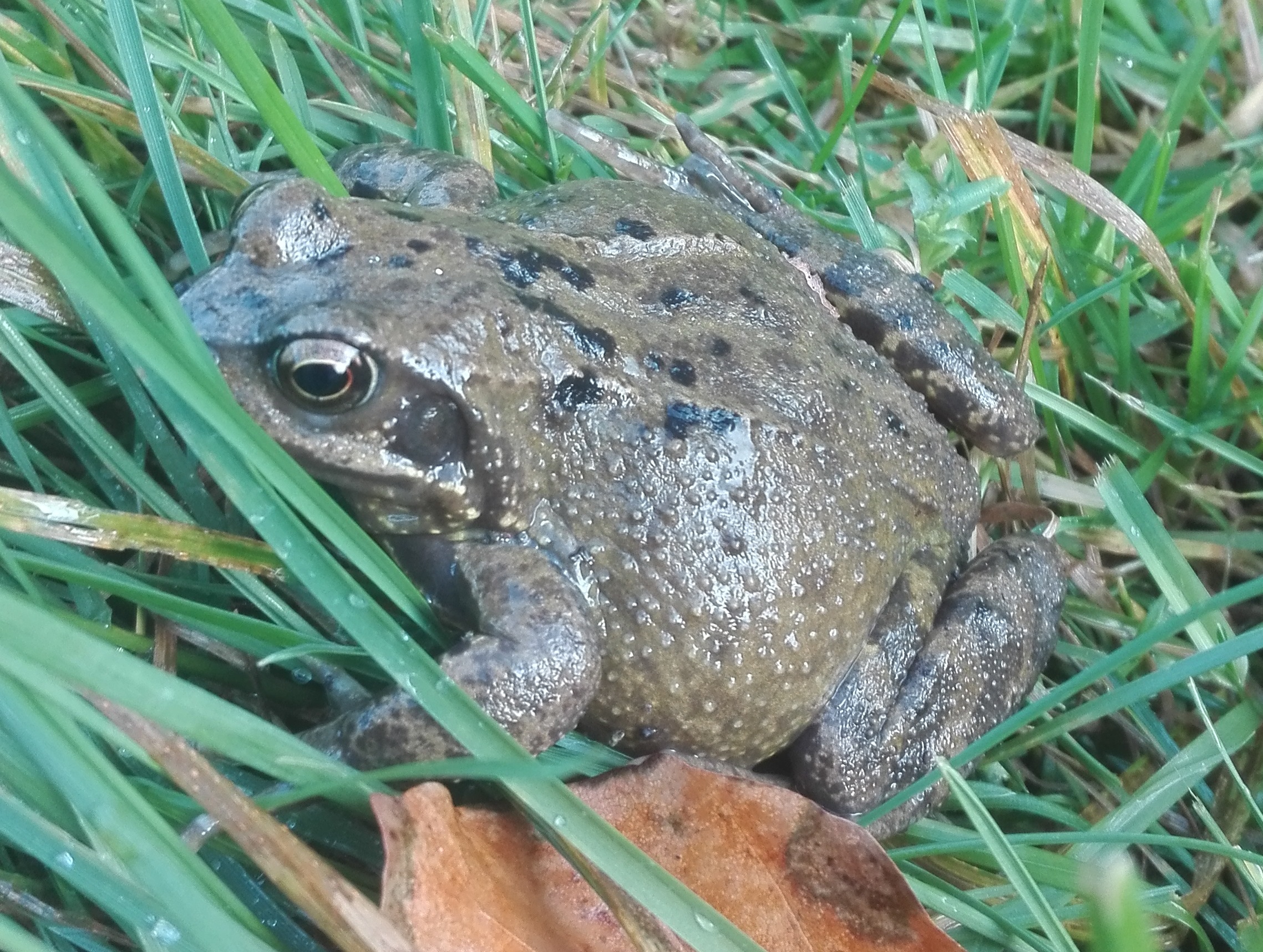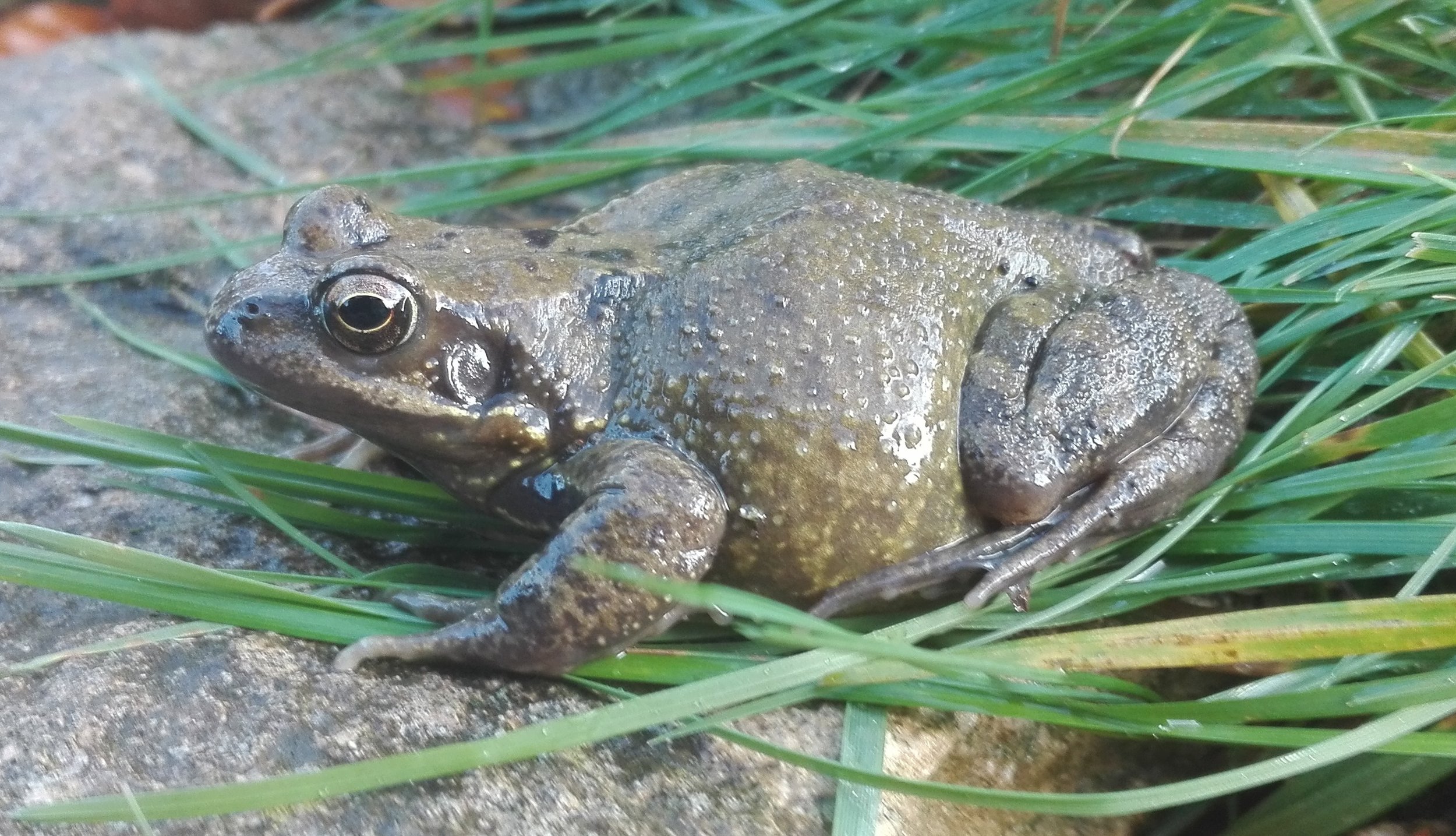Probably the Largest Parthenogenetic, Aestivating Aphid in the World
/These Giant Willow Aphids (Tuberolachnus salignus, #389) skipped a year last winter, but this winter they are back in several groups on the undersides of the smaller branches in my willow tree. You’d think, exposed on the bare winter branches, they would be easy prey for the birds, but despite being big enough to make a good meal they seem not to get consumed to any appreciable extent. Neither do they seem susceptible to cold, they just hang in there on the branches right through the winter.
According to other accounts, these aphids should appear in late summer, but mine I’m sure only emerge from October onward; then in the early spring they disappear again, nobody really knows where. This summer dormancy is called aestivation (kind of the opposite of hibernation), which several species do - normally to avoid excess heat and drought in the summer.
Another thing that’s fascinating about the Giant Willow Aphid is that there are no males present in the colony. In fact no males of this species have ever been recorded anywhere. The females give birth to live young which are clones of their mother - this is referred to as parthenogenesis.
It’s interesting that despite looking I didn’t see a single one last winter, so maybe just to make it extra difficult for any predators or parasites to come to rely on them as a food-source, these insects ave a two year life-cycle. It will be interesting to see if I find any next year.



